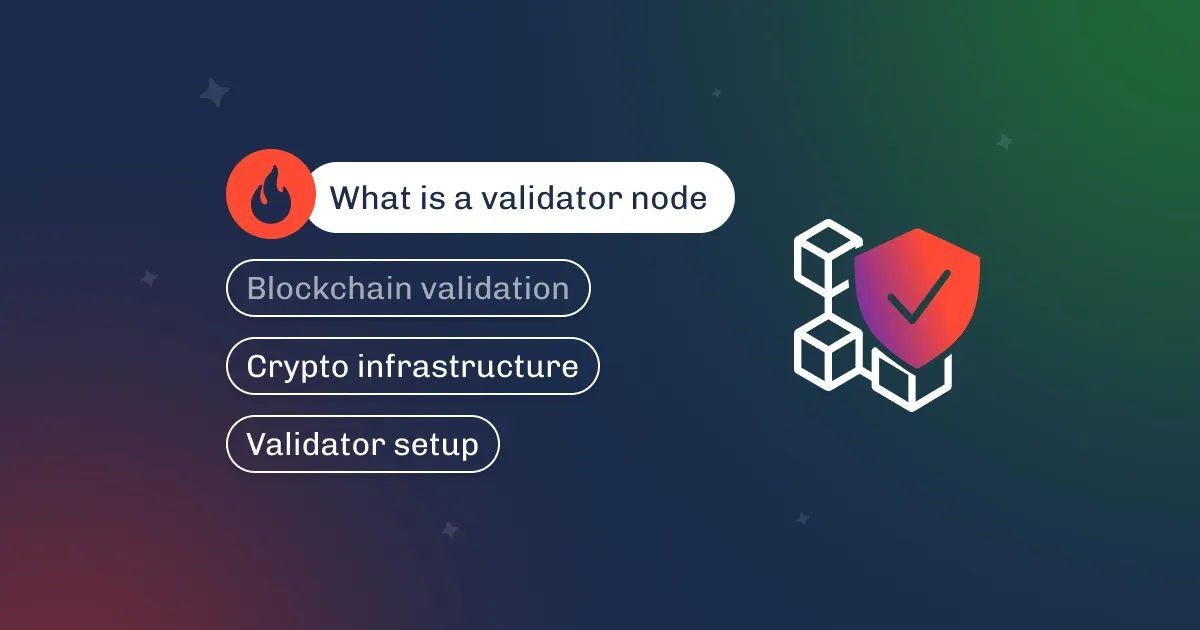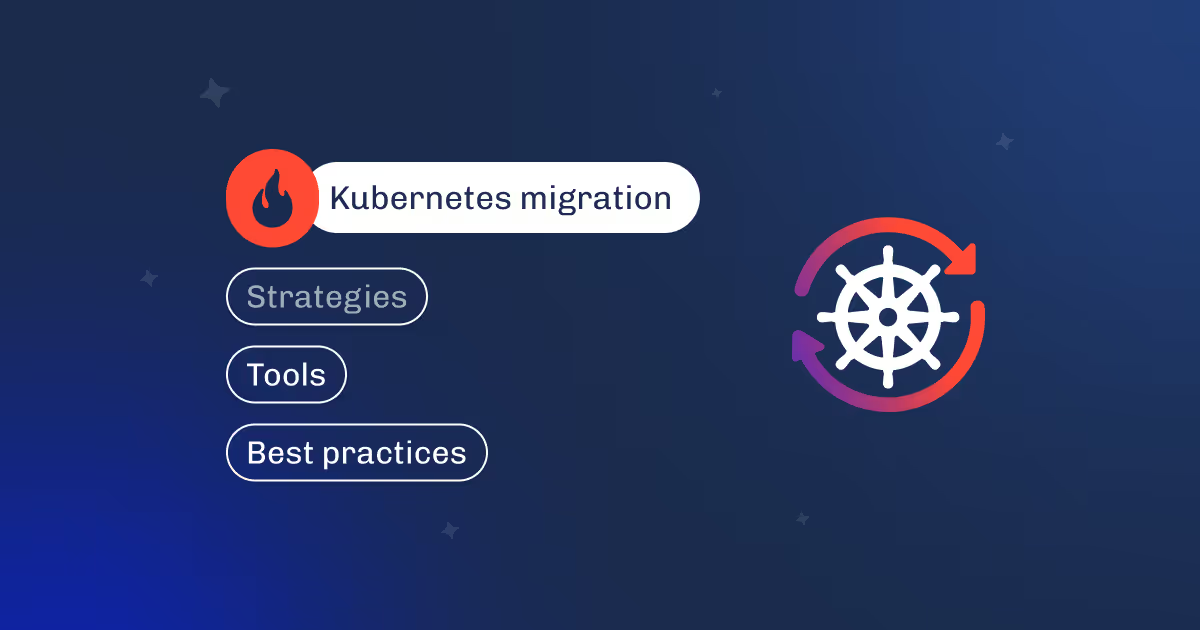

Have you ever wondered how companies manage to deliver software faster and stay ahead of the competition? For many, the secret is DevOps. It’s not just a buzzword—83% of CTOs say it’s boosted their business value. It helps teams work better together, speed up processes, and get more done.
But there’s a catch. Finding DevOps experts isn’t easy. According to the 2022 State of DevOps Report, only 11% of companies have the right talent to build high-performing DevOps environments. The result? Delays, higher costs, and missed opportunities.
That’s where DevOps outsourcing comes in. It’s a smart way to bridge the talent gap and get all the benefits of DevOps without the hiring headaches.
In this article, we’ll dive into what DevOps outsourcing is, why it works, and how you can implement it successfully.
DevOps outsourcing is the practice of delegating DevOps processes and responsibilities to external specialists or service providers. It allows companies to access highly skilled professionals and advanced resources without the need to build an in-house team from scratch.
This approach can include a range of models, such as hiring consultants for strategic planning, bringing in engineers for implementation, forming dedicated DevOps teams, or leveraging a managed services model to handle infrastructure, pipelines, and operations.

The essence of DevOps outsourcing lies in its flexibility. For example, companies that require strategic guidance might hire DevOps consultants to identify bottlenecks, optimize CI/CD pipelines, or improve system reliability. On the other hand, for hands-on tasks like automating deployments or managing cloud environments, hiring DevOps engineers or entire dedicated teams ensures scalability and efficiency.
Managed services take it a step further by providing end-to-end ownership of the infrastructure, from monitoring and incident resolution to configuration management and security enforcement.
%25201.avif)
DevOps outsourcing is a structured, collaborative process where the client organization partners with a service provider to implement, manage, and optimize DevOps workflows. It involves a systematic division of responsibilities across the DevOps lifecycle—Continuous Integration (CI), Continuous Testing, Continuous Delivery (CD), and Continuous Monitoring—and engages a range of specialists to ensure success at every stage.
The process typically begins with planning and architecture design. At this stage, the outsourcing provider’s DevOps architects assess the client’s requirements, existing infrastructure, and business goals. They design a tailored strategy, including system architecture, development workflows, and toolchain selection (e.g., Jenkins, GitLab, Terraform). The client's team provides domain knowledge and business-specific requirements, ensuring alignment with organizational objectives.
Once the foundation is set, DevOps engineers take over the implementation phase. For Continuous Integration (CI), they establish source code repositories, set up automated build pipelines, and integrate version control systems like Git. Simultaneously, the client’s developers focus on writing code while leveraging the automated workflows established by the provider. These engineers ensure seamless integration of new code into the shared repository, reducing errors and manual overhead.
In the Continuous Testing stage, QA automation specialists create automated testing frameworks, simulate real-world environments, and integrate tools like Selenium or TestNG. They handle defect management and ensure robust test coverage, while the client’s product owners validate requirements and edge cases.

Continuous Delivery is where release managers and infrastructure specialists come into play. They automate deployments using tools like Helm or Ansible, manage configurations with IaC tools (e.g., Terraform), and oversee release orchestration. This ensures smooth deployment across multiple environments, whether in cloud, on-premise, or hybrid setups. The client’s operations team provides input on specific environment requirements, ensuring compatibility with existing systems.
Finally, during Continuous Monitoring, site reliability engineers (SREs) and monitoring specialists deploy logging and telemetry systems using tools like Prometheus, Grafana, or ELK Stack. They set up dashboards, manage incident response protocols, and establish self-service portals for the client’s internal teams. This ensures proactive monitoring and rapid resolution of issues, with clear communication channels between the client and the provider.
Throughout the process, project managers from both sides ensure alignment by maintaining open communication and regular progress reviews.
For many organizations, the complexity of modern IT systems—especially those relying on containerized applications, hybrid clouds, or distributed architectures—requires expertise that isn’t always available in-house. This is where DevOps outsourcing becomes crucial. It’s not just about offloading tasks; it’s about gaining access to specialized skills and advanced frameworks that enable businesses to achieve faster deployments, higher availability, and optimized costs.
At Dysnix, we experienced this firsthand while working with Remme, a blockchain company. They tasked us with designing a Kubernetes-based infrastructure from scratch to support their DEX platform and blockchain services.
The project had two key requirements: deliver a scalable and secure infrastructure in just six weeks and provide the flexibility to support multiple environments with diverse workloads. Here’s how we approached it:
We started by crafting a Kubernetes architecture tailored to their specific needs. Using GKE (Google Kubernetes Engine), we built a high-availability system capable of supporting multi-tenant setups with robust fault tolerance.
To ensure the infrastructure was repeatable and scalable, we implemented Infrastructure as Code (IaC) with Terraform and Terragrunt. This allowed for consistent configuration across environments, making scaling and updates seamless.
We developed fully automated CI/CD pipelines using Cloud Build, enabling rapid and reliable deployment of over 80 microservices across six environments. The pipelines also included automated testing and monitoring to catch and resolve issues early.
Continuous monitoring was set up using Prometheus and Grafana, while Helmfile was used to streamline deployments. For security, we implemented strict role-based access controls (RBAC) and multi-layered encryption to protect data across environments.
By leveraging Kubernetes' auto-scaling capabilities and GCP’s resource-balancing features, we reduced infrastructure costs by approximately 50%. This allowed the client to scale efficiently without overprovisioning resources.
The results? We delivered the infrastructure ahead of schedule, completing it in three weeks instead of six, while ensuring the system could scale with the client’s growing demands. Beyond the technical implementation, our team provided ongoing mentoring and knowledge sharing, enabling the client’s internal DevOps team to manage and expand the infrastructure confidently.
For businesses dealing with similar challenges—managing hybrid clouds, scaling microservices, or optimizing costs—outsourcing DevOps to experienced partners offers a proven pathway to success.
DevOps outsourcing helps businesses optimize their software development and delivery processes while saving costs and accessing top-tier expertise. Here are the key benefits:
Outsourcing DevOps can significantly reduce expenses compared to building and maintaining an in-house team.
This flexibility allows businesses to manage budgets more effectively without sacrificing quality.
Outsourcing connects businesses to global experts with deep knowledge of modern DevOps tools and practices.
Outsourced teams focus solely on DevOps tasks, increasing speed and productivity.
External experts bring new ideas and insights to your workflows.
By choosing to outsource DevOps services, companies can significantly reduce costs, gain access to specialized expertise, and optimize their operations—eliminating the need to handle the complexities of managing an in-house team.
Choosing between outsourcing DevOps and building an in-house team is a crucial decision for businesses. Each approach has its strengths and limitations, depending on your company’s needs, goals, and available resources.
| Aspect | DevOps outsourcing | In-house DevOps |
|---|---|---|
| Cost | Typically lower upfront costs. No need for recruitment, training, or long-term employee benefits. | High initial investment due to hiring, onboarding, and providing salaries, benefits, and infrastructure. |
| Scalability | High flexibility. You can quickly scale resources up or down based on project demands. | Limited by budget and available internal resources. Scaling requires more time for hiring and training. |
| Expertise | Access to global talent with experience in various tools (e.g., Kubernetes, Terraform, Jenkins). | Limited to the skills of the hired team. Continuous training is required to keep up with new technologies. |
| Time-to-value | Faster implementation due to ready-to-go expertise and pre-built processes. | Longer setup time. Building a team and defining processes can take months. |
| Focus | Allows internal teams to focus on core product development while experts handle DevOps. | An internal team must divide attention between product development and infrastructure management. |
| Control | Less direct control over processes. Requires clear communication and alignment with the provider. | Full control over workflows, processes, and decisions. |
| Security | Relies on the provider’s security policies and compliance standards. | Direct control over sensitive data and compliance with in-house security protocols. |
| Maintenance | Continuous support and updates are provided by the outsourcing partner. | Maintenance and updates depend entirely on the internal team’s availability and expertise. |
| Cultural fit | Potential challenges with time zones, languages, and communication styles. | Easier to establish a unified team culture and communication practices. |

Outsourcing DevOps involves more than just hiring an external team—it’s about effectively integrating their expertise into your processes. When companies outsource DevOps engineers, they focus on building a seamless partnership that maximizes the value of external expertise.
Here's how companies typically approach this process to make the most of their collaboration:
The first step is understanding what you want to achieve.
Clearly outlining your goals helps identify where external DevOps expertise can deliver the most impact.
Choosing the right DevOps partner is crucial. Companies often evaluate potential vendors based on:
This ensures the vendor can align with your needs and adapt to your working style.
Effective communication keeps projects on track. Most teams:
Establishing clear communication norms early avoids delays and misunderstandings.
When an external team joins your workflow, it’s critical to clarify responsibilities. A common approach includes:
A project manager often plays a key role in bridging the two teams, ensuring priorities are clear and progress stays on track.
Automation is at the heart of DevOps, and setting up CI/CD pipelines is one of the first tasks outsourced teams handle. This includes:
By working together, internal and external teams ensure the pipelines are tailored to your workflows, improving both efficiency and reliability.
Outsourcing DevOps can be a transformative step for businesses looking to streamline their development and deployment processes, scale their infrastructure, and stay competitive in a fast-paced digital environment.
At Dysnix, we pride ourselves on being a leading DevOps outsourcing company, delivering tailored solutions for businesses of all sizes. From designing Kubernetes-based infrastructures to implementing CI/CD pipelines and automated monitoring, our team brings years of industry expertise. We understand that every business has unique needs, which is why we focus on creating customized strategies that align with your goals and processes.
If you're considering DevOps outsourcing, our approach is simple and results-driven:
Ready to take the next step? Contact us today to discuss how we can help elevate your operations and drive real results.






